
LX Factor
Lighting and vision unite to overwhelm TV viewers.
Text:\ Paul Collison
Images:\ Mark Bedson
The X Factor Australia was the largest weekly television production in Australia in 2010. The final live shows were recorded at Fox Studios at Moore Park in Sydney after a long audition run that visited most capital cities around the country. With an impressive collection of cast and crew exceeding 140, the show was broadcast live nationally on the Seven Network. Including the Xtra Factor (the behind the scenes show broadcast on 7 Two), The X Factor franchise accounted for almost five hours of live television each week. Delving behind the scenes, you find over 100 dedicated crew working almost seven days a week. Let’s take a closer look.
X MARKS THE SPOT
Lighting a show like this is no mean feat. In excess of 200 moving lights made up the lighting system supplied by Chameleon Touring Systems. Within certain design parameters from the show’s creators in the UK, Ian Anderson, lighting designer for the series, chose predominantly Vari-Lites for the show; preferring their snappy colour and gobo wheels, combined with the Vari-Lite colour palette. Ian also chose a fresh range of gobos for the Vari-Lite 3000 Profiles, noting that the standard set had been done to death and this show needed some new looks. Framing the outside of the LED screens was an array of Martin Mac250 Beam lights. These fixtures provided the big beam effects that would punch through most looks. Sprinkled around the set were High End Showguns, Martin Atomic strobes with scrollers, Pro Shop Fusion Bars, L&E mini strips with generic 8-Lites and ETC profiles flying the flag for the traditionalists. From the outside, it might look as though it was a case of using whatever lighting fixtures were available; however Ian gave considerable thought before choosing the appropriate fixture for each position.
From week to week, particular lighting fixtures made an appearance to specifically ‘treat’ different performances. These performances might be a special guest performance on a Monday night, or a particular contestant’s performance that leaned toward something a little more than the standard lighting system. Everything from Chromlech Jarags to incandescent festooning were brought in. In some cases it was a strategically placed bar of parcans or a handful of Martin 301 LED fixtures behind a band.
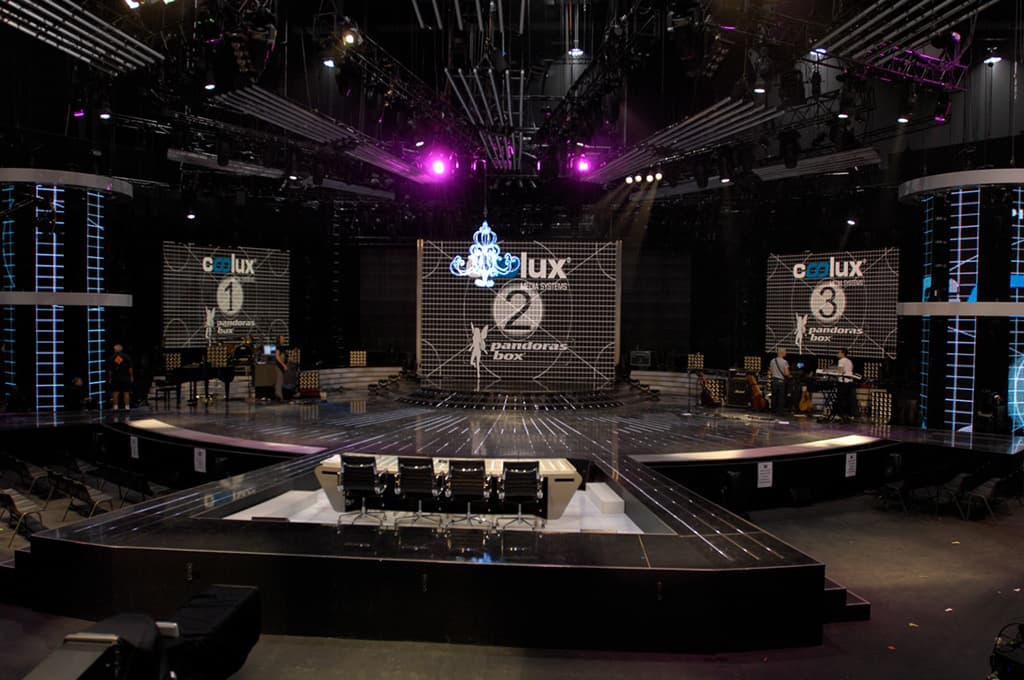
HEART WARMING KEY LIGHTS
When it came to lighting the talent, Ian took a new approach. Steering away from traditional Xenon-based follow spots with colour correction, Ian chose to use the Robert Juliat Alex 2.5kW incandescent followspots. Ian notes that these followspots really made a huge difference to the quality of picture. “Starting with a tungsten source led to a cleaner look,” Ian states. Combined with the RJ followspots, there were 26 ETC Source Four Revolution moving profile spots. As hosting positions could change at a moment’s notice, even during the show, the Revolutions were relied upon heavily. Lighting Director of White Light, Hugh George admits “the ETC Revolutions were a great fixture to have on call.” Having moving heads for key lights meant that there were very few limitations around the set when it came to a hosting or special performance position. Just as important to Hugh, were the Martin TW1 fresnel fixtures which allowed for a wider wash opportunity, again for various locations around the studio. Used with narrow lenses and eggcrates, the TW1 fixtures provide most of the stage wash for guest performances and larger production performances. Topping off this was a Robert Juliat Super Korrigan HMI followspot as a backlight; its higher colour temperature stamping a familiar backlight hue on all the performances.
Amongst all of the moving lights, was a wide gamut of LED set lighting. Surrounding the towers, LED screens and stairs, was RGB strip lighting installed by Mark Hunt of Lightopia. These LED fixtures became part of the lighting system, often defining areas of the stage for different performances, or remaining off, in order to establish an infinite black to give great depth to the massive space.
One thing to note when looking at the X Factor series was how the video element of the show was brought under the direction of the lighting department. As the video and LED components of the show played such a huge part in the overall scenic landscape, it made sense that these devices be driven, both creatively and technically, from the department responsible for the overall look of the show. This not only expanded the lighting department to a third lighting director of Visuals (in this case myself), but also centralised the creative point of view for each performance.
VIDEO SCREENS MAKE RADIO STAR
The visual system was composed of seven LED surfaces controlled by eight Pandoras Box media players. Screens 1 and 3 (left and right) were Barco 11mm (Cobra) C11, the centre screen comprising a crisp Barco 6mm pitch iLite. All three screens supplied by TDC of Sydney, ran through the Global Television OB trucks so packages could be sent through directly to each screen.
The roof LED was made up of 280 Barco Standard Definition Versa Tubes (20 pixels/metre). The floor was comprised of 360 new Barco MiStrip (13.25mm pitch), specially brought in for The X Factor Series. The MiStrip is “a great product” notes Ian. “It’s bright and clear. Just the product we need for defined images on the floor.” Tony Davies of Chameleon Touring Systems is happy with the addition of the MiStrip to his hire inventory, noting that a lot of designers are looking to include the MiStrip on future projects.
Left and right of the stage were single strips of VuePix P25 LED (25mm) panels from TDC making up the curved towers. Martin LC panels filled the holes remaining in the set. The different pitches of LED all combined to create different textures across the stage. A look that, while on paper may not seem ideal, in reality made for an interesting spectacle.
For the first time on an Australian series such as this, roughly 90% of the content for all the LED surfaces was custom created. Glen Wilson of Polydivision worked closely with the design team to build content specific for each performance. Labouring tirelessly from every Tuesday, through to sometimes moments before air on Sunday evening, the design team built content in varied forms, for every performance.
Having roughly two and a half days to conceptualise and build the content is not an easy thing to do. Friday morning meant loading content on to the systems and working to build looks with all the lighting and LED elements ready for rehearsals on Saturday. Often at this point, mentors, producers and anyone with vocal chords would make their opinions known. Changes would take place on site right up until (sometimes even during and after) the dress rehearsal on Sunday afternoon. Having the ability to manipulate content at its base level on-call, allowed for a creative freedom not often seen with video. More often than not, these elements can be locked in days, weeks and even months prior to an event. Of course this freedom meant that changes often did occur.
One of the greatest things the team realised early on, was the ability to really build a set in the screens. This meant things like drapes, vertical trusses or old cars could easily be ‘placed’ on stage. This also led to laneways being created, bars, windows and walls. Overall this meant that not every song needed an animated background, giving the show time to breathe and allowing for distinctly different looks, with apparent ease.
Like any project, some of the content never made it to air and some was drastically changed at the last minute, however ultimately, each performance received personal attention and a unique look.
“”
ultimately, each performance received personal attention and a unique look

SELLING YOUR SOUL FOR TOTAL CONTROL
Controlling such an expanse of lighting, LED and video was always going to be a concern. How does one centralise control without compromising agility and ability? Enter grandMA2. Why grandMA2 when grandMA1 has done well for so long? Series 1 may well have done the job, however, the expanded capabilities of GMA2 meant we could run the show in a single session. This allowed for one user to trigger not only a lighting cue, but also a video cue, pyrotechnic effects and even audio from one of the media players. For moments such as a ‘Deadlock’, a single button press resulted in an audio cue, lighting cue and video cue executed uniformly. By filtering programming into different worlds, users could program separate looks in the same sequence or individually. Three primary consoles ran each show. Breaking down to white light, moving (coloured) lights and media servers. A fourth surface acted as a remote on the floor and back up. Although, it is worth mentioning that the backup surface was never called upon.
Howard & Sons worked closely with the lighting department to allow control of the CO² jets and flame effects along the front of the stage. Again with a view to centralising control, all of these effects were triggered from the lighting consoles, with an override deadmans-switch controlled by the licensed pyrotechnicians. You would think that controlling all of these elements would lead to some megalomaniac behaviour. Although, not apparent during the season, it might be worthwhile noting that if there is a second season of The X Factor , the lighting department is looking to assume responsibility for audio, staging, catering and some producing positions.
LOVING YOUR X
Even though the show was heavily based on the original UK production, the final show was tailored for the Australian market. The fact the show ever got off the ground in its immense state is a testament to not only the show’s producers, FremantleMedia, but also the goodwill and hardworking crews from Chameleon Touring Systems, Technical Direction Company (TDC), Howard & Sons and Jands Production Services.
LIGHTING AND VIDEO PRODUCTION CREDITS
Production Lighting Director: Ian Anderson
Lighting Director, Visuals: Paul Collison
Lighting Director, White Light: Hugh George
Graphic Design: Glenn Wilson/Polydivision
Lighting Assistants: Ryan Swan, Graham Anderson
Lighting, Rigging & Drapes: Chameleon Touring Systems
Chameleon Project Manager: Brad Gander
Chameleon Crew: Daniel ‘Bob’ Perrin, Grant Hickey
Rigging: Pollards
Pyrotechnics: Howard & Sons
Video Screens: Technical Direction Company (TDC)

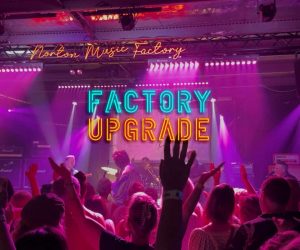
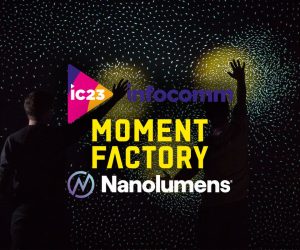


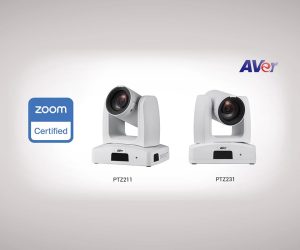
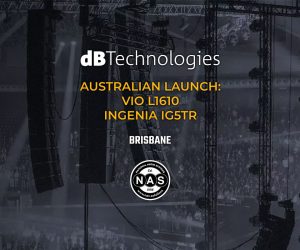

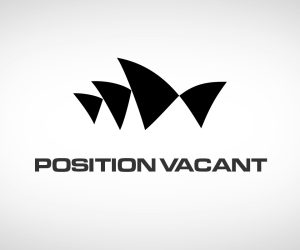

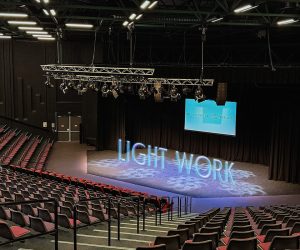
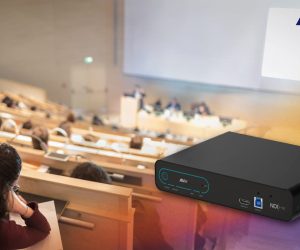



RESPONSES